Employee Appreciation Letter Template for Recognizing Excellence
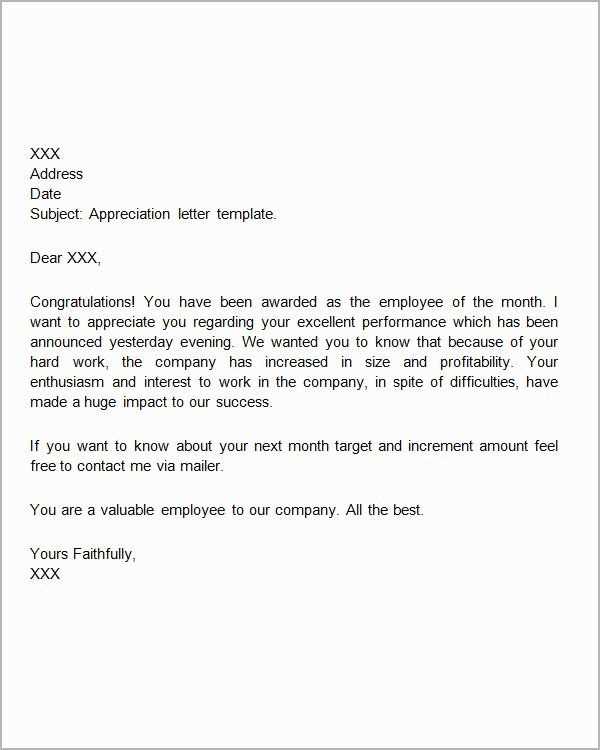
Showing genuine recognition for individuals’ efforts fosters a positive and productive atmosphere in any organization. A thoughtful expression of gratitude can have a significant impact, boosting morale and reinforcing a strong work ethic. It serves as an essential tool for strengthening relationships and enhancing overall team engagement.
Crafting a meaningful message that resonates with your team requires careful consideration. A well-written note can convey sincerity and acknowledge the value of one’s contributions. By choosing the right words and tone, you can ensure that your acknowledgment feels personal and impactful, reinforcing a culture of respect and appreciation.
In this guide, we will explore how to effectively communicate appreciation through written messages. Whether you’re recognizing a milestone achievement or simply expressing thanks for consistent hard work, the right approach can make all the difference in motivating your team.
Why Recognition Matters
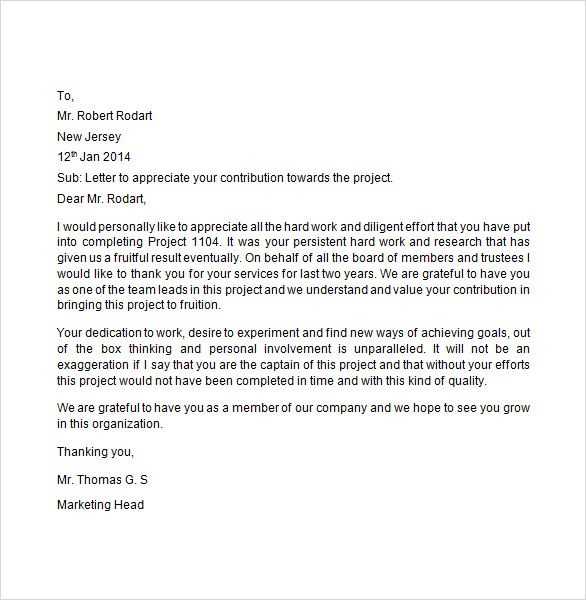
Acknowledging hard work and dedication within a team has a profound effect on both individual motivation and group dynamics. It enhances employees’ sense of value and belonging, which directly impacts overall productivity and job satisfaction. The simple act of recognizing someone’s contributions can help foster a culture of respect, trust, and commitment.
When individuals feel their efforts are seen and celebrated, they are more likely to stay engaged and perform at their best. Such recognition creates an environment where people are motivated to contribute meaningfully, knowing that their hard work will be rewarded.
| Benefits of Recognition | Impact on Performance |
|---|---|
| Increased motivation | Higher quality of work |
| Improved job satisfaction | Boost in productivity |
| Stronger team morale | Reduced turnover rates |
| Enhanced loyalty | Better employee retention |
Ultimately, regularly recognizing individuals for their efforts leads to a more cohesive and successful organization. It’s a powerful tool for creating an atmosphere where everyone feels motivated to give their best every day.
Key Elements of an Appreciation Letter
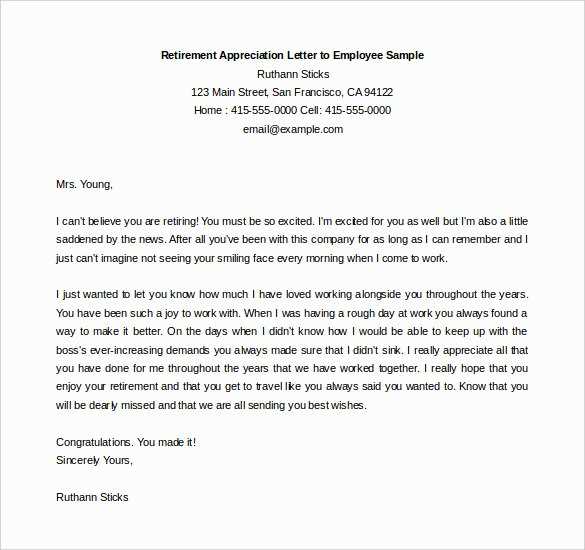
Crafting a meaningful note of recognition involves incorporating several key elements that convey sincerity and reflect the value of the recipient’s efforts. The tone, structure, and specific details included are all crucial in making the message resonate. A well-rounded approach ensures that the recipient feels genuinely acknowledged for their hard work and dedication.
Personalization and Specificity
One of the most important aspects of any recognition is making it personal. A generic message lacks the impact needed to truly express gratitude. Including specific details about the individual’s achievements or contributions shows that the recognition is thoughtful and targeted. Whether it’s a particular project they’ve excelled in or an ongoing commitment they’ve demonstrated, focusing on the unique aspects of their work makes the message more meaningful.
Clear Expression of Gratitude
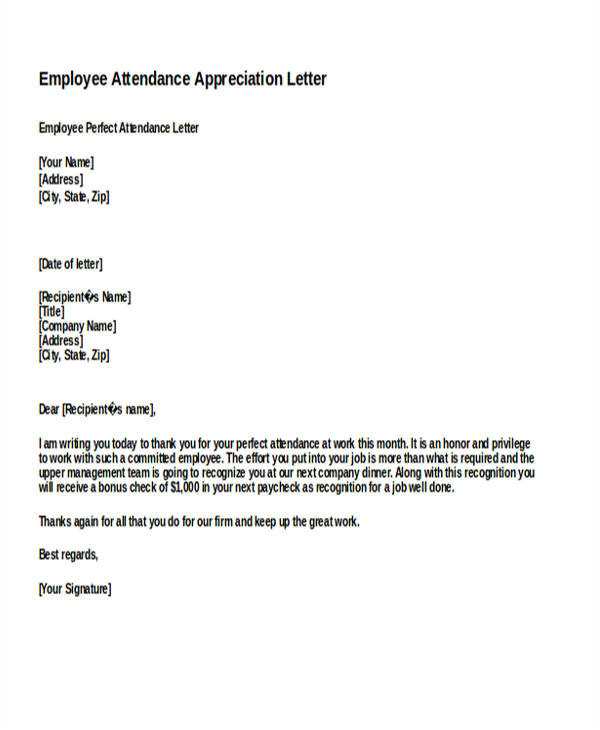
Equally important is the clear communication of thanks. It’s essential to express genuine gratitude for the recipient’s actions or accomplishments, emphasizing how their efforts have positively impacted the organization or team. A straightforward, heartfelt acknowledgment can go a long way in making the recipient feel valued and appreciated.
How to Personalize Your Message
Personalizing a message is essential for making it feel genuine and impactful. It helps establish a deeper connection between the sender and the recipient, showing that the recognition is not just a formality, but a thoughtful gesture. Tailoring the message to the individual highlights their specific strengths and contributions, making the acknowledgment more meaningful.
To achieve this, consider the following strategies:
- Use the recipient’s name: Addressing them directly adds a personal touch and makes the message feel more individual.
- Reference specific achievements: Mention particular tasks or projects where the recipient excelled to show that you are aware of their unique contributions.
- Highlight personal qualities: Recognize traits such as dedication, creativity, or leadership to demonstrate that you value the person beyond just their work results.
Additionally, the tone of the message should reflect the recipient’s preferences or the nature of your relationship with them. A more formal tone may be appropriate in certain professional settings, while a casual tone can work well with colleagues you’ve worked with closely.
Best Practices for Sending Letters
Sending a message of recognition requires more than just writing a thoughtful note. The manner in which you deliver it can significantly affect how the recipient perceives the gesture. Timing, medium, and presentation all play an important role in ensuring that your message is well-received and has the desired impact.
To make sure your message is effectively communicated, follow these best practices:
- Choose the right medium: Decide whether an email, printed note, or handwritten message is the most appropriate based on your relationship with the recipient and the context of the recognition.
- Be timely: Send your message soon after the accomplishment or action you’re recognizing. Delays can reduce the perceived value of the recognition.
- Ensure proper formatting: Whether digital or physical, make sure your message is clearly formatted, easy to read, and professional in appearance.
- Deliver in a private or public setting: Depending on the situation, consider whether it’s better to send the message privately or share it with the team. Public recognition can amplify the impact, but private messages can be more personal and sincere.
By following these guidelines, you can ensure your message is both thoughtful and impactful, creating a positive experience for the recipient and reinforcing a culture of recognition within your organization.
Impact of Appreciation on Team Morale
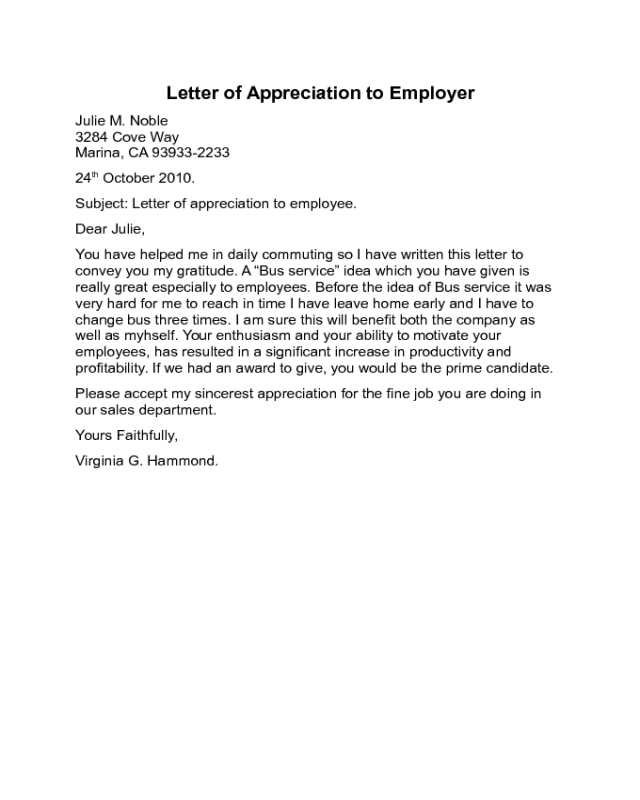
Recognizing the hard work and dedication of individuals has a profound effect on the collective spirit of a team. When people feel valued for their contributions, they are more likely to stay motivated and engaged in their work. Positive reinforcement not only boosts individual morale but also strengthens the overall cohesion and productivity of the group.
The impact of such recognition goes beyond immediate gratification. It fosters an environment where individuals feel their efforts are contributing to the greater success of the team, creating a sense of purpose and alignment. As a result, the team becomes more committed, collaborative, and focused on achieving shared goals.
Incorporating consistent recognition into team culture can help reduce burnout, increase job satisfaction, and even improve employee retention rates. A well-recognized individual often leads to a more unified and high-performing team, setting the stage for ongoing success.
Common Mistakes to Avoid in Letters
While conveying gratitude and recognition, it’s easy to make errors that can undermine the sincerity of the message. Avoiding these common mistakes ensures that the message is both impactful and appreciated. A well-crafted note should reflect thoughtfulness and respect, making it essential to avoid lapses that could affect the tone or effectiveness of the gesture.
Lack of Specificity
One of the biggest missteps is failing to provide specific examples of the individual’s accomplishments. A vague message can seem impersonal and may not fully convey the value of their contribution. Highlighting exact achievements and their positive outcomes makes the message more meaningful and genuine.
Overuse of Generic Phrases
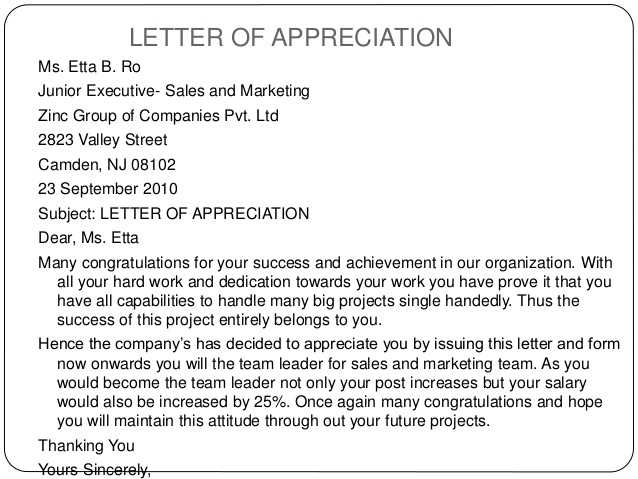
Another mistake is relying too heavily on clichés or overused phrases. While expressions of thanks are important, using generic or insincere wording can make the message feel less authentic. It’s crucial to focus on personalizing the message and ensuring that it accurately reflects the individual’s unique contributions.